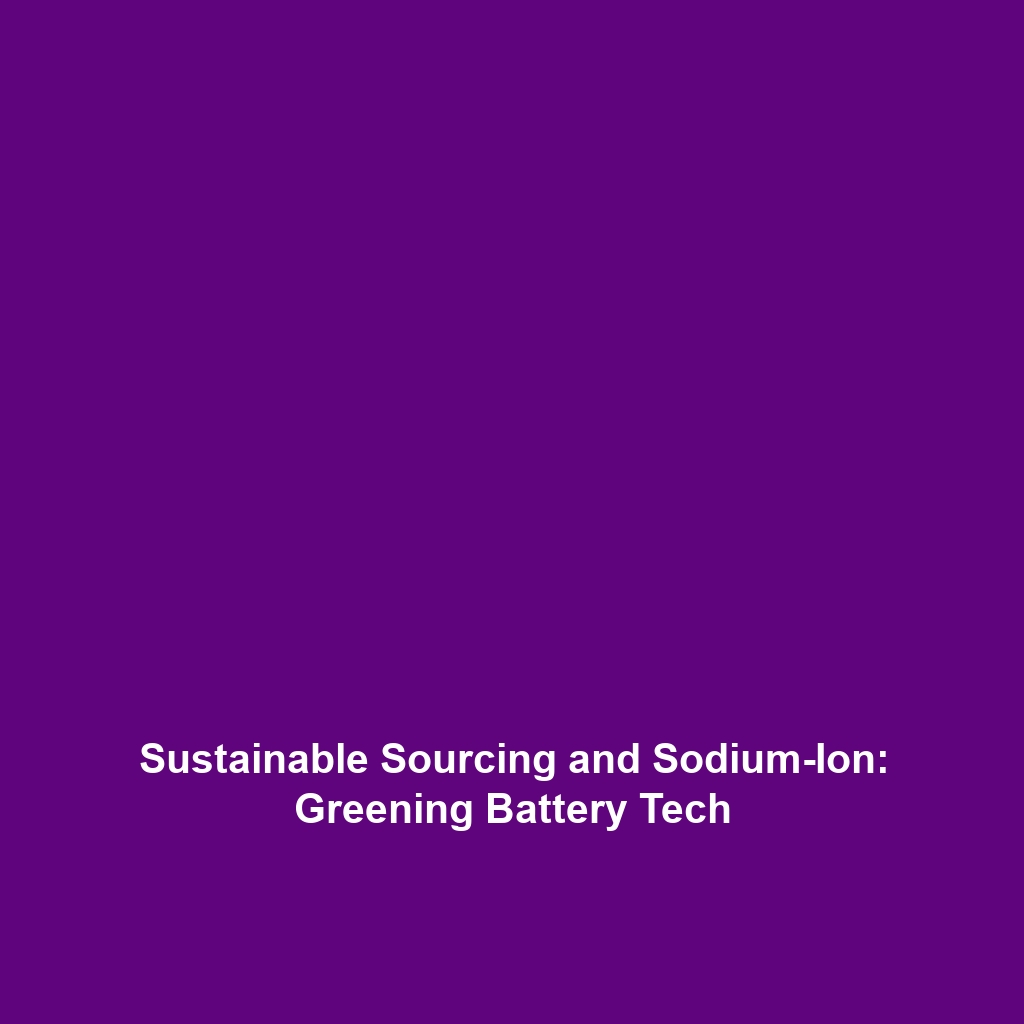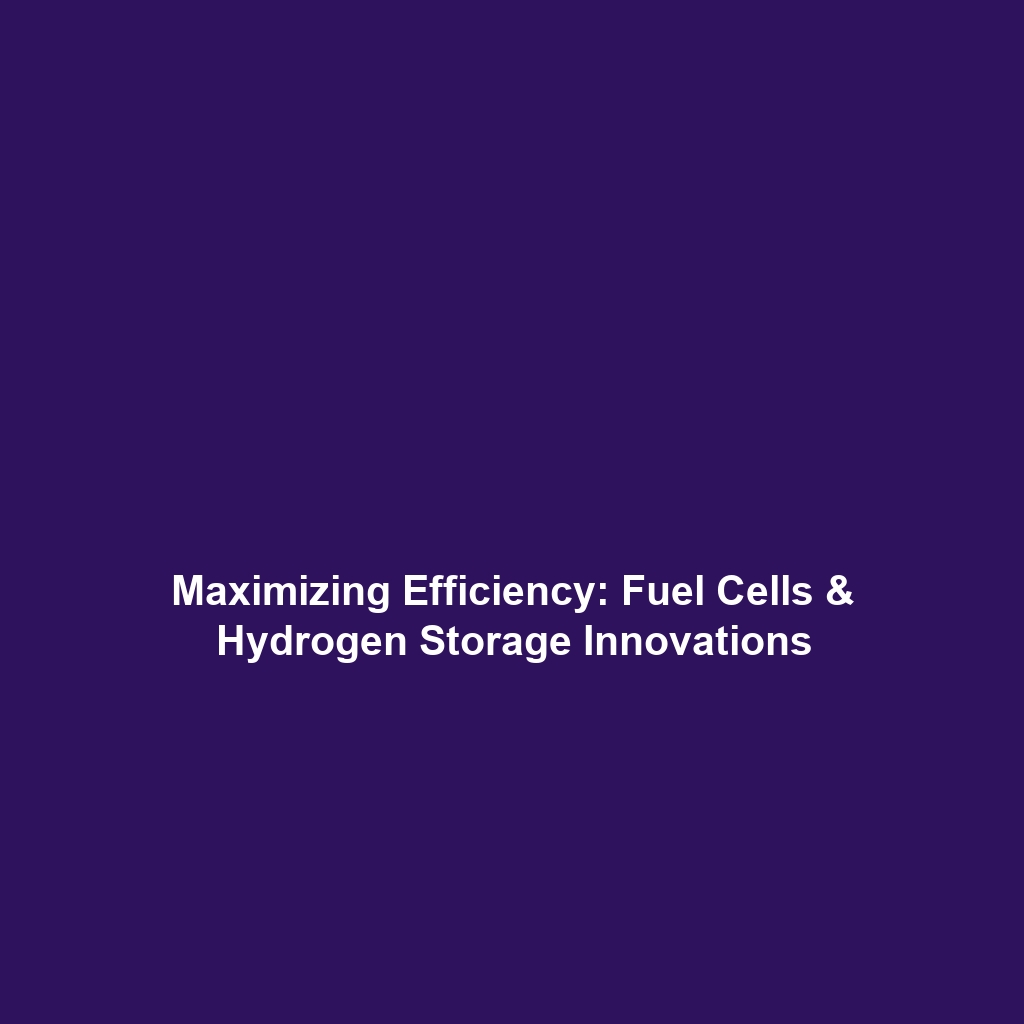Sustainable Sourcing and Alternative Chemistries: Reducing the Environmental Footprint of Battery Technology
Introduction
The need for sustainable sourcing of battery materials is becoming increasingly critical as the demand for energy storage solutions grows. Traditional battery technologies, primarily lithium-ion batteries, are facing environmental scrutiny due to resource depletion and ecological impacts. In this context, the development of alternative chemistries, such as sodium-ion batteries, presents a promising solution. Sustainable sourcing and innovative battery chemistries are key to reducing the environmental footprint of battery technology, offering a path toward a more sustainable energy future.
Key Concepts
Sustainable Sourcing of Battery Materials
Sustainable sourcing involves obtaining raw materials in a way that minimizes environmental impact and supports ethical practices. Key materials in battery technology, including lithium, cobalt, and nickel, often come from regions facing ecological degradation and social issues. Promoting sustainable extraction methods and recycling processes is essential for the future of battery materials.
Alternative Chemistries: The Rise of Sodium-Ion Batteries
As an alternative to lithium-ion technology, sodium-ion batteries are emerging as a viable option. Sodium is abundant, relatively inexpensive, and can be sourced sustainably. These batteries have shown promise in performance and safety, making them suitable contenders in the quest for greener battery technology.
Applications and Real-World Uses
Understanding how sustainable sourcing and alternative chemistries are integrated into battery technology is crucial. Here are some applications:
- Grid Storage: Sodium-ion batteries can store renewable energy from sources like wind and solar.
- Electric Vehicles: The shift toward sodium-ion technology could enhance vehicle sustainability while maintaining performance.
- Consumer Electronics: Improved battery options can lead to longer-lasting and more eco-friendly gadgets.
Current Challenges
Despite the potential benefits, there are significant challenges in implementing sustainable sourcing and alternative chemistries in battery technology:
- Resource Availability: Sustainable sourcing of key materials can be limited, affecting supply chains.
- Research Gaps: More studies are needed to fully understand sodium-ion battery performance compared to traditional options.
- Market Acceptance: The transition to new battery technologies faces hurdles in consumer trust and industry standards.
Future Research and Innovations
Future innovations in sustainable sourcing and battery chemistries look promising:
- Advanced Materials: Research into new materials for sodium-ion batteries may lead to improved efficiency and energy density.
- Recycling Technologies: Innovations in battery recycling methods could further reduce environmental impact.
- Collaborative Initiatives: Partnerships between industries and research institutions could accelerate the development of sustainable solutions.
Conclusion
In summary, sustainable sourcing of battery materials and the development of alternative chemistries, such as sodium-ion batteries, are critical in reducing the environmental footprint of battery technology. Continued research and innovation in these areas will not only address current challenges but also pave the way for a sustainable and eco-friendly energy future. For further insights into battery technologies and sustainable practices, explore our related articles on sustainable battery research and innovations in battery technology.



